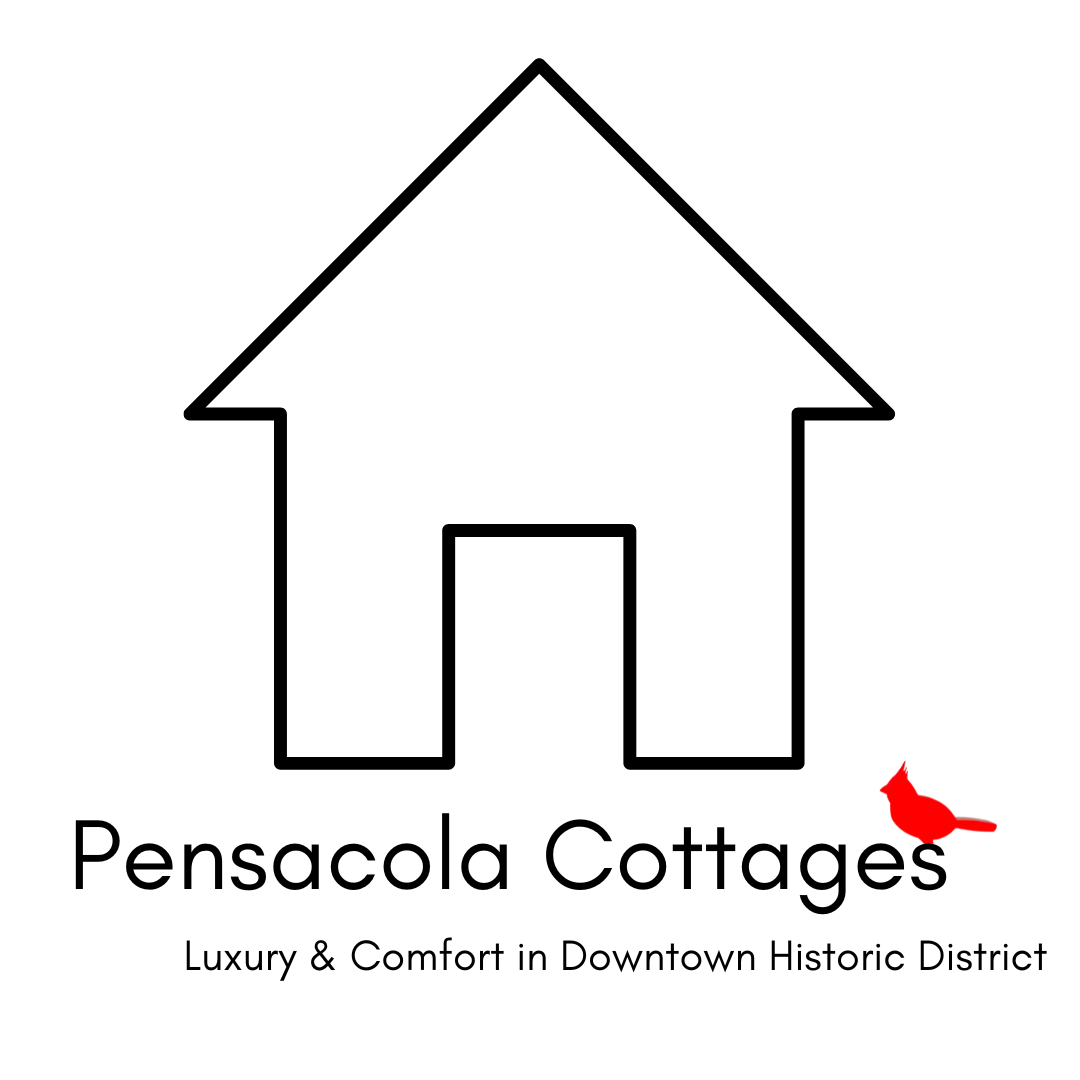TIPS FOR CHOOSING A VENUE
/LEVEL OF FORMALITY of your wedding. Beach weddings lean to be more informal than church weddings.
TIME OF YEAR. Will the grass be brown or will the azaleas be blooming? When will the sun set, and what will the temperature be? Also, temperatures tend to soar in late summer, so August might not be the best time, especially if many older adults and children will be attending.
HAVE A VISION. For example, some locations have restrictions on caterers. For long, formal veil, a poolside or beachside bash might not be ideal. If you want elaborate decorations, ask the church about rules.
CLEANUP. If you have an outdoor wedding, you may need to hire someone to do this.
How many can the venue accommodate? There may be seating for 50, but can hold twice that number standing? Is there enough parking?
SEPARATE SITES FOR CEREMONY AND RECEPTION. Entertain having the two nearby, so guests don't have to travel far.
OUTDOOR WEDDING. A sound system may be essential.
KEEP YOUR GUESTS COMFORTABLE. Do they have enough shade and water if it's hot? Fans and bug spray might be necessary. Do you have a way to keep the food fresh and the drinks cold?
BACK-UP PLAN. Especially for lousy weather. If a lightning storm interrupts your reception, will there be a covered area where guests can go? What's the cancellation policy if a hurricane heads this way?
Sample the venue's food to ensure food and drink prices fit your budget.

